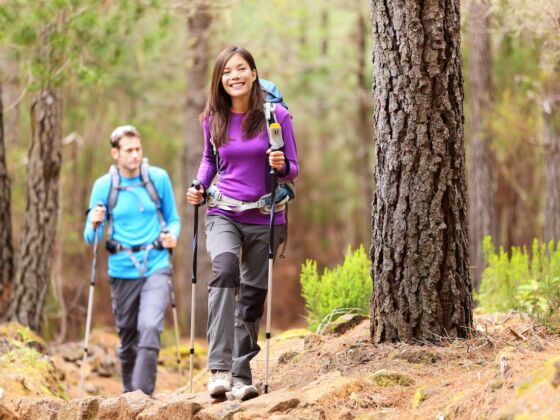1. Travel slow.
The slow travel movement was started somewhat separately from just trying to reduce environmental impact. It was initially an attempt by travelers to more fully immerse themselves in the places they were traveling by spending more time in a place and allowing themselves to get to know the people and culture, rather than flying in, ticking items off a tourist to-do list, and then flying out. But as it turns out, slow travel is pretty compatible with ecotourism.
By moving slowly and intentionally, you’re likely to spend less time on forms of transport that emit a lot of pollution and greenhouse gases. You may even choose to bike or walk from place to place, if you have light enough luggage. And ultimately, human-powered means of travel are the most environmentally friendly ways of getting around.
